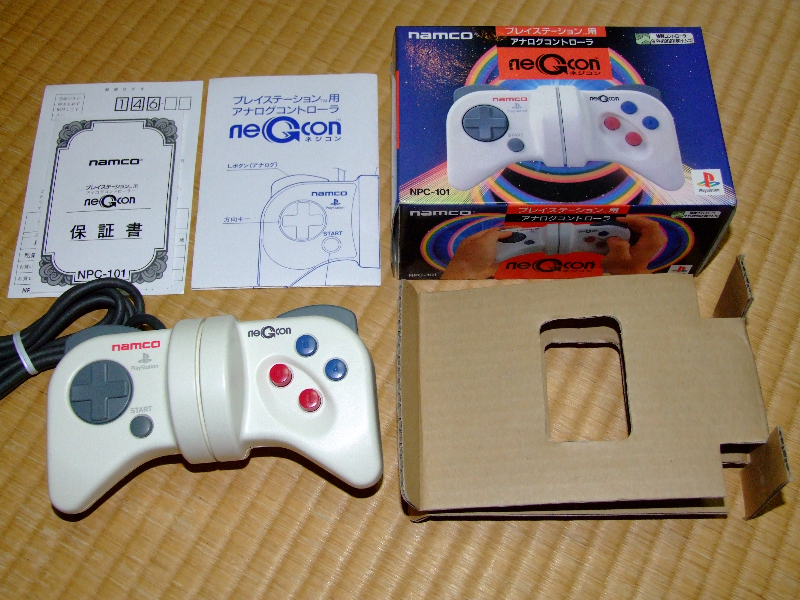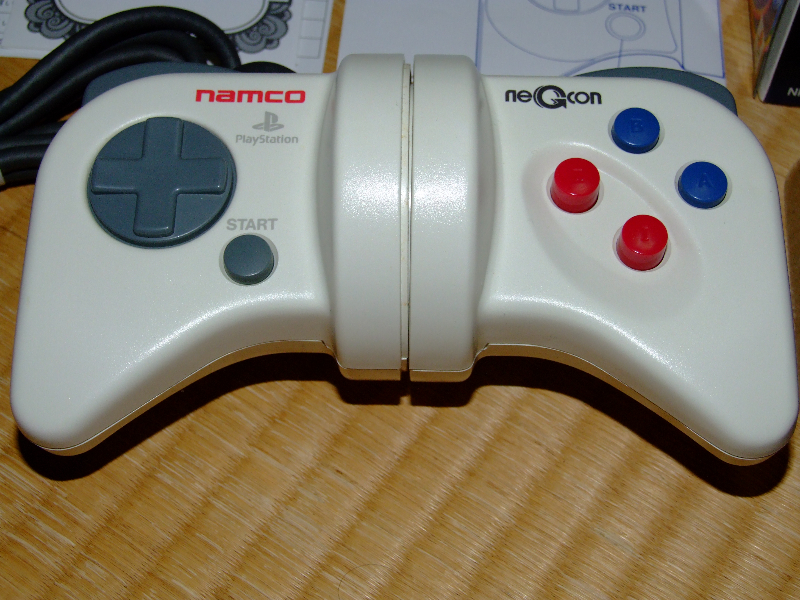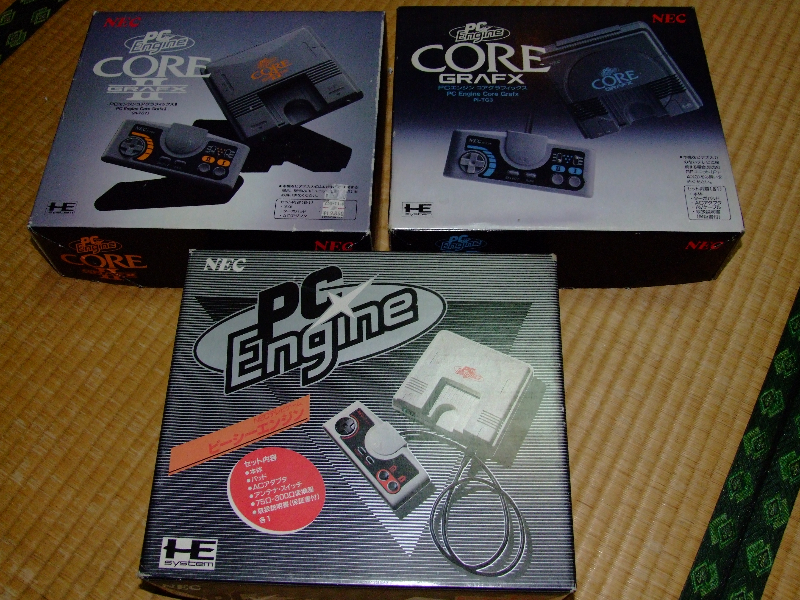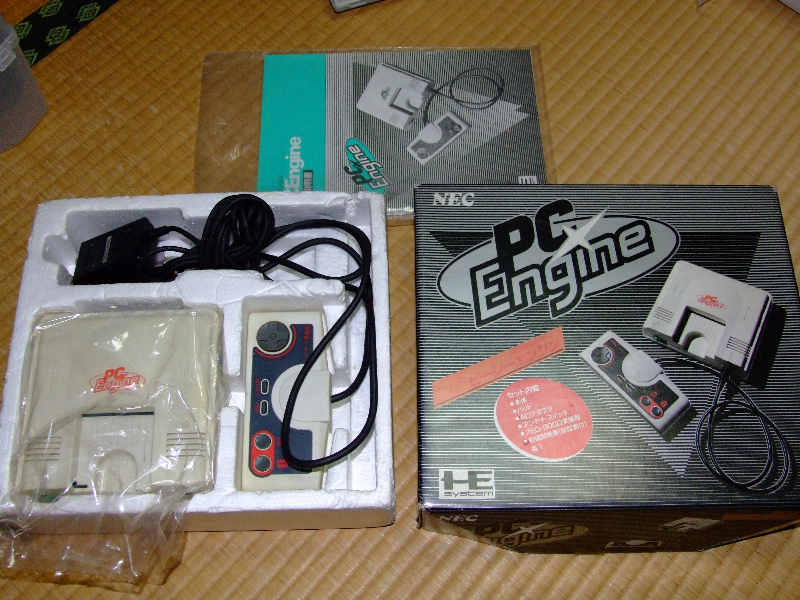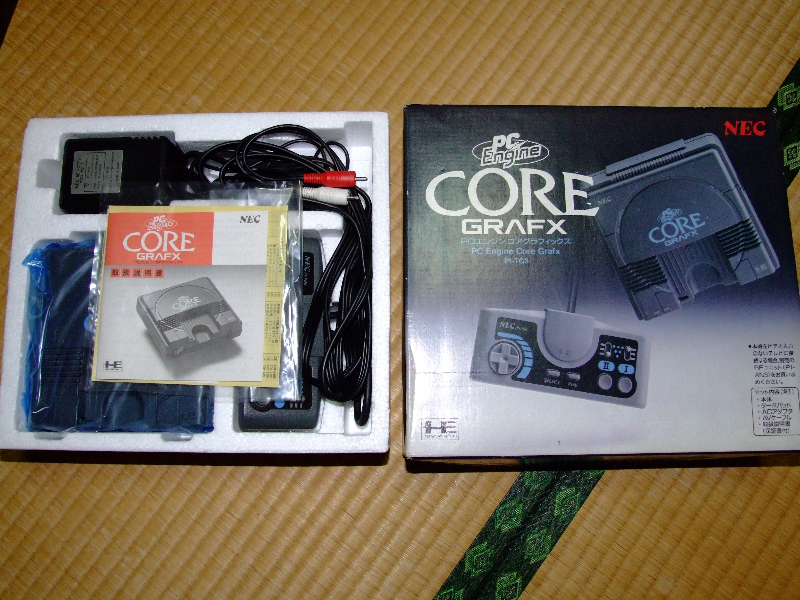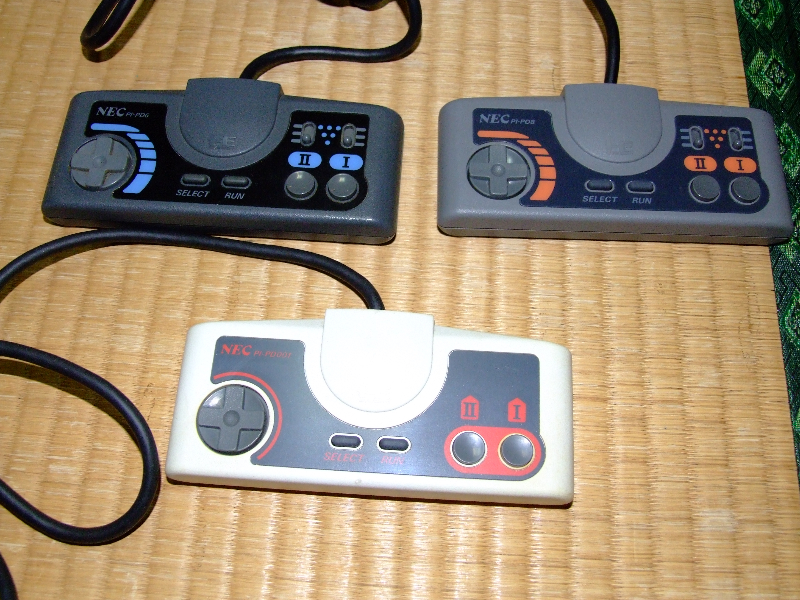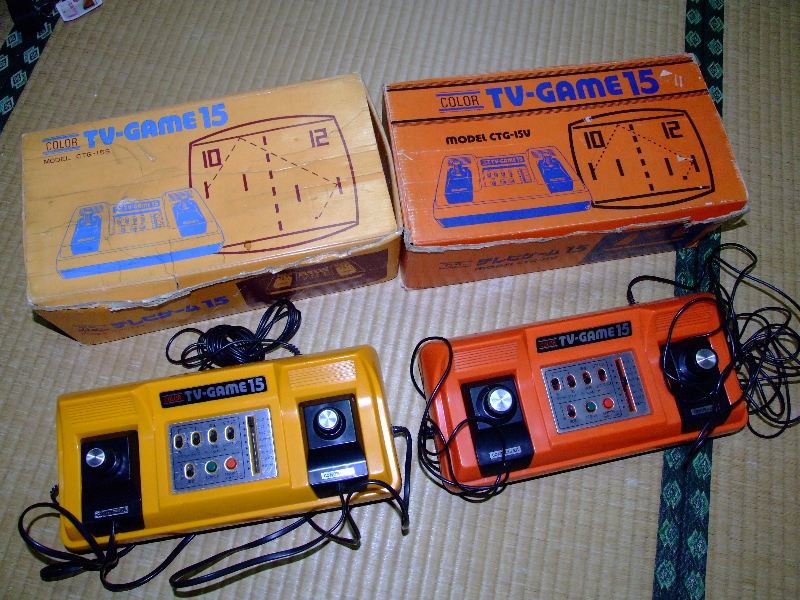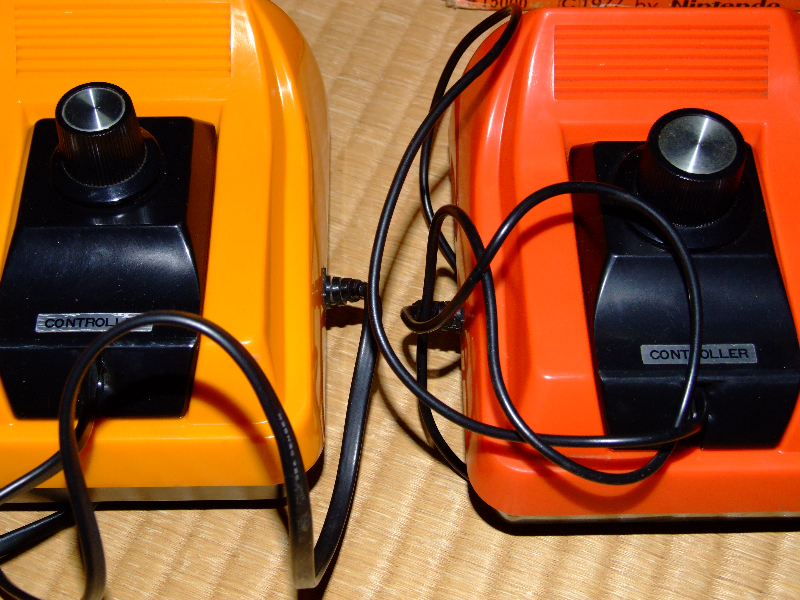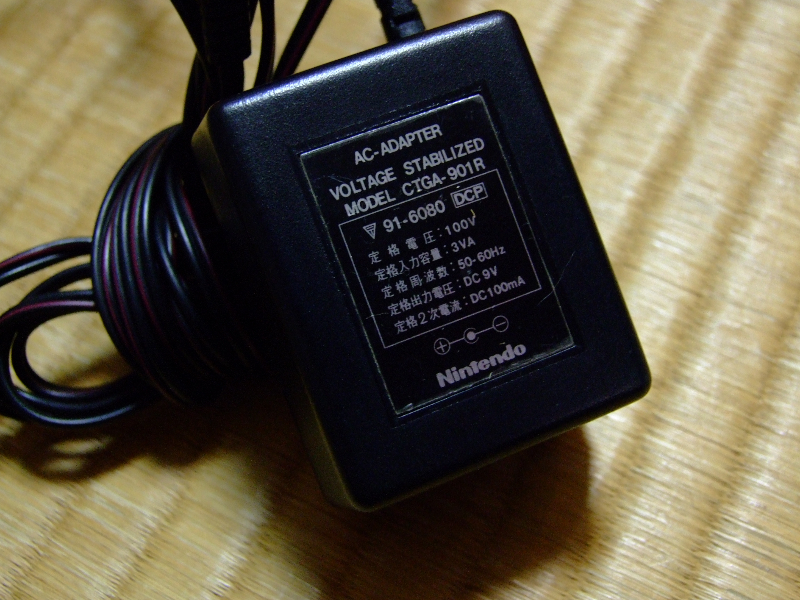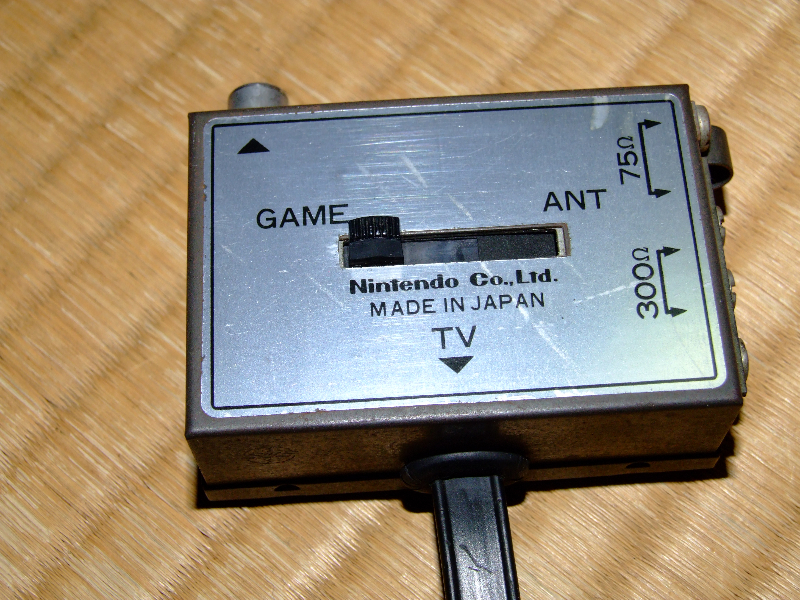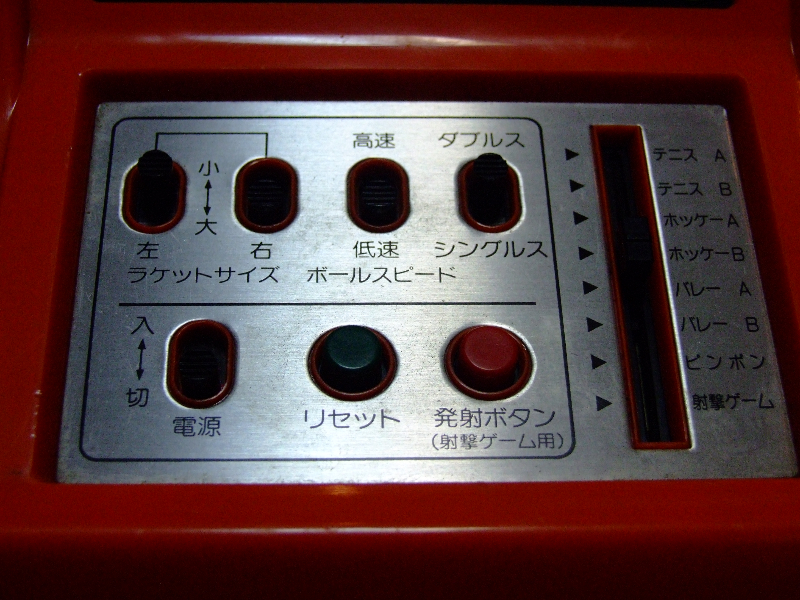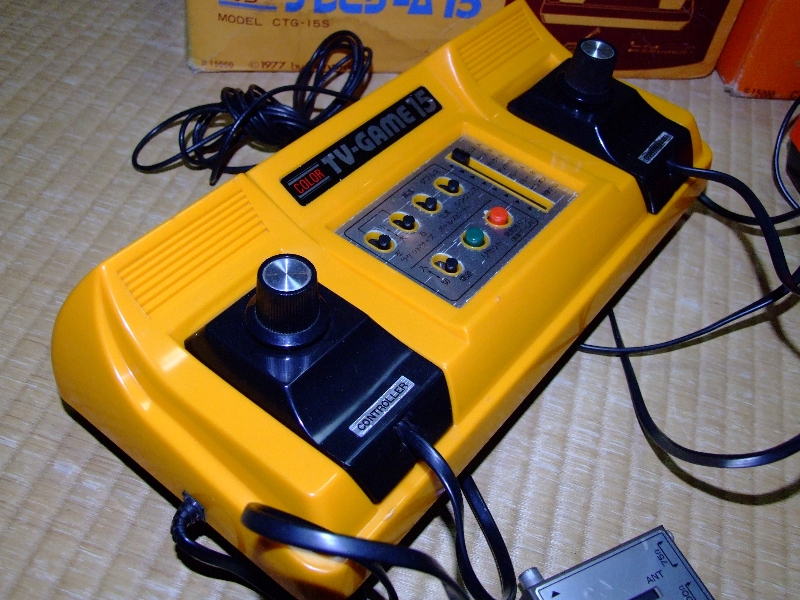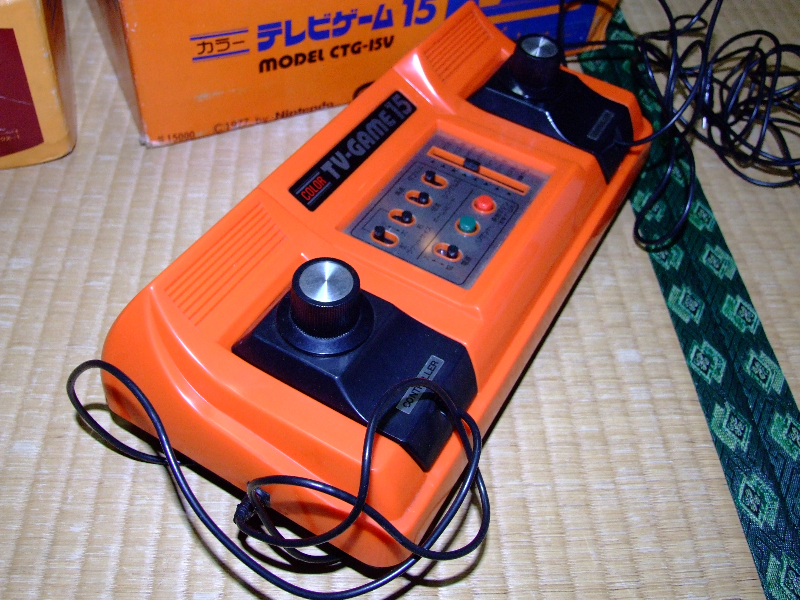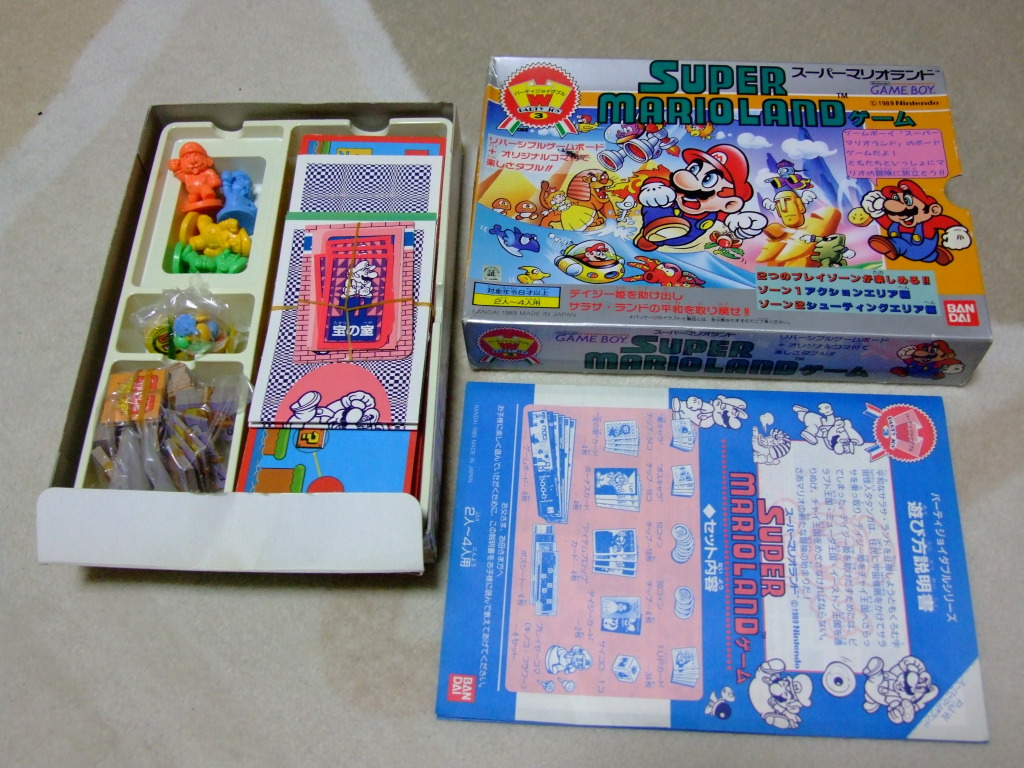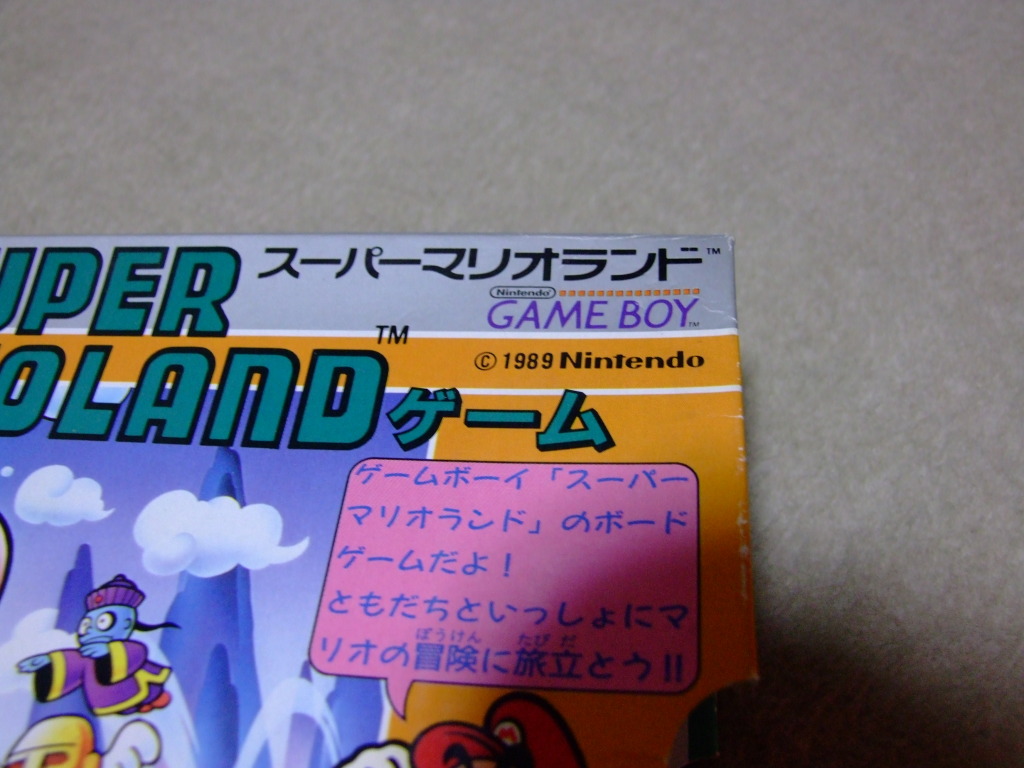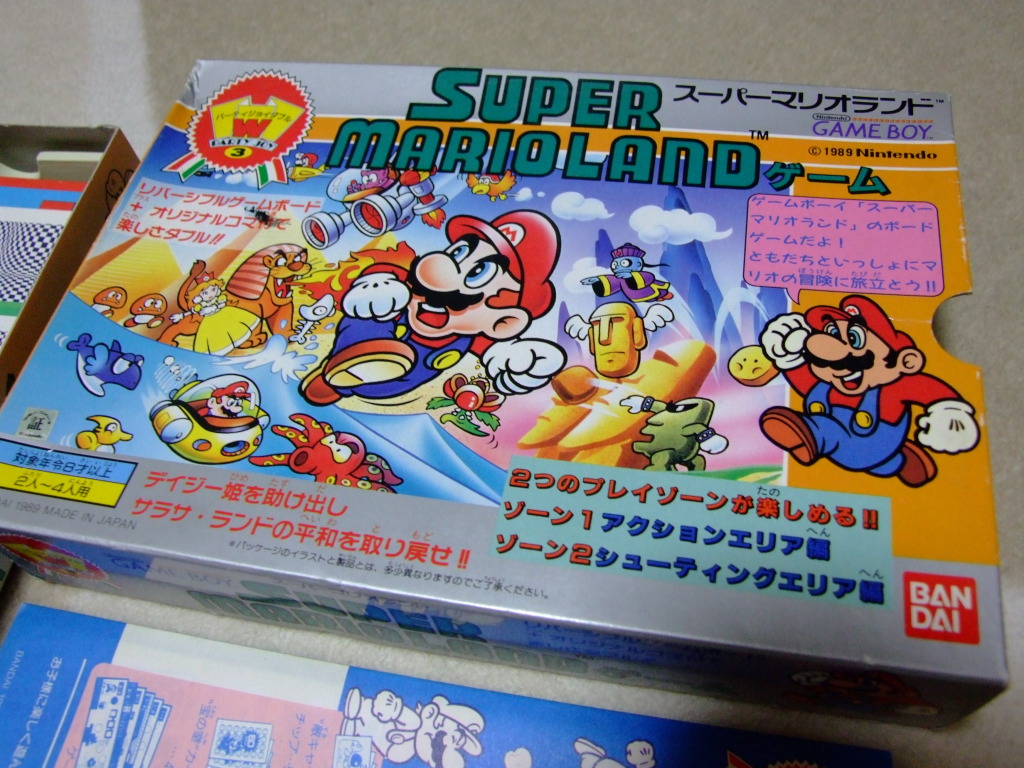A very capable gaming machine that comes in a handsome go anywhere carry case? No, surely it can’t be true I hear you say. Well it is, but just make sure you don’t want to fit controllers, cables, or games in the same case. 🙂
The NEC PC Engine Interface Unit CD-ROM2.
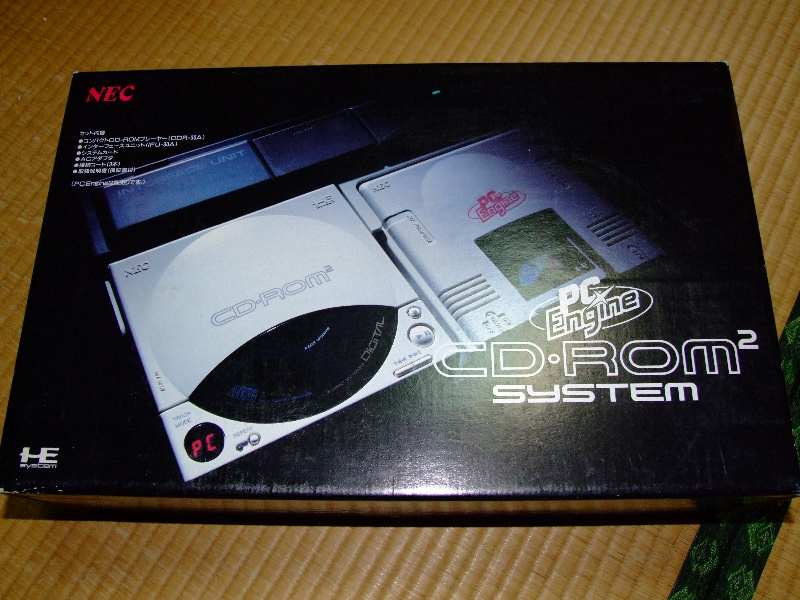
The PC Engine’s Interface unit is NEC’s answer to the revolutionary new media making it’s way into the market – CDs. Although being released before Sega’s MegaCD, there are parallels in the way that the unit needs the original base console to function. One thing that this unit has that the MegaCD doesn’t is the fact that it can be used with a single adapter – Sega probably should have looked at that… The unit can work as a stand alone audio CD player, however if you’d like to play games then you need the console, and the corresponding system card – more on this later.
Details
- Release – 1988
- Format – CD, although it needs system HuCards to run
- Output – AV
- Drive speed – Single
- Price then – 57,800yen (thanks Frank)
- Price now – $40 to $250
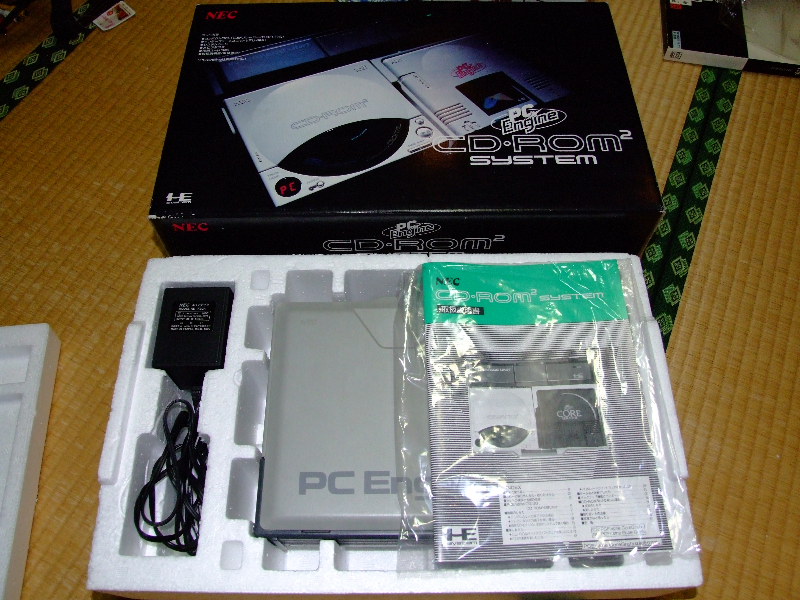
As mentioned above the CD-ROM2 unit needs system card mounted in the PC Engine console to run CD based games. There were many games released for the system that actually required different system cards to run them. Buy a Super-CDROM2 game and you’d need the corresponding system card to actually play it. It was only later that all in one systems were released.
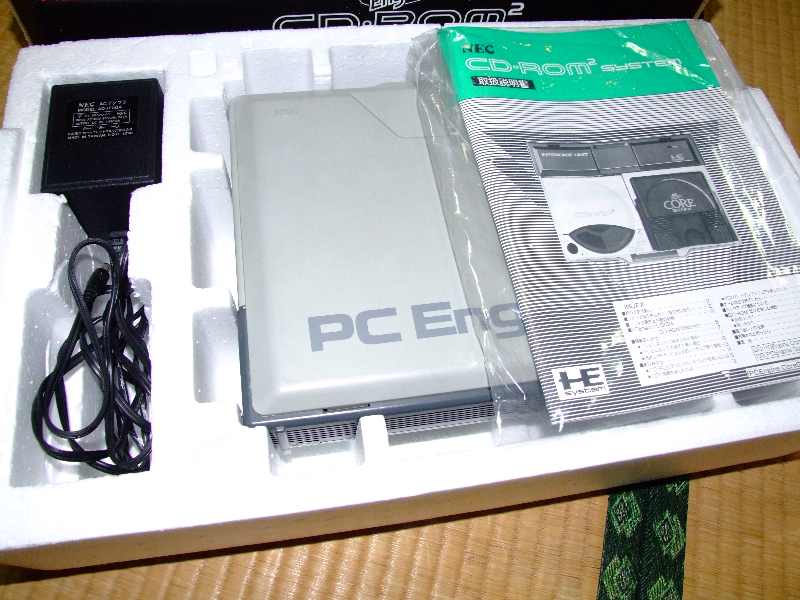
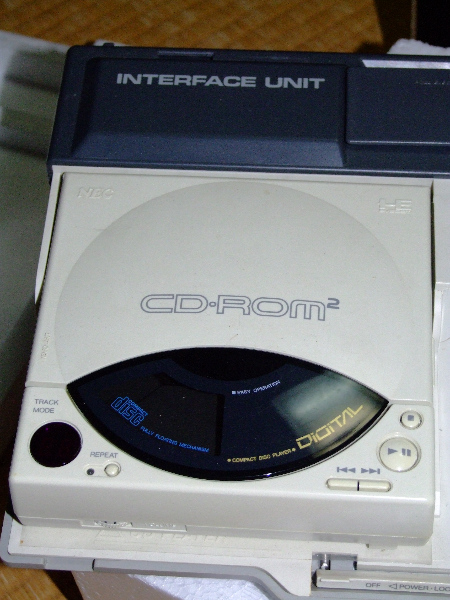
One great advantage in buying the CD-ROM2 interface unit (other than being the envy of all of your friends who don’t have the cool carry case) was the fact that your previously limited PC Engine console could now output on regular AV instead of having to rely on RF. Of course being able to play CD based games was an extra bonus too. 😀
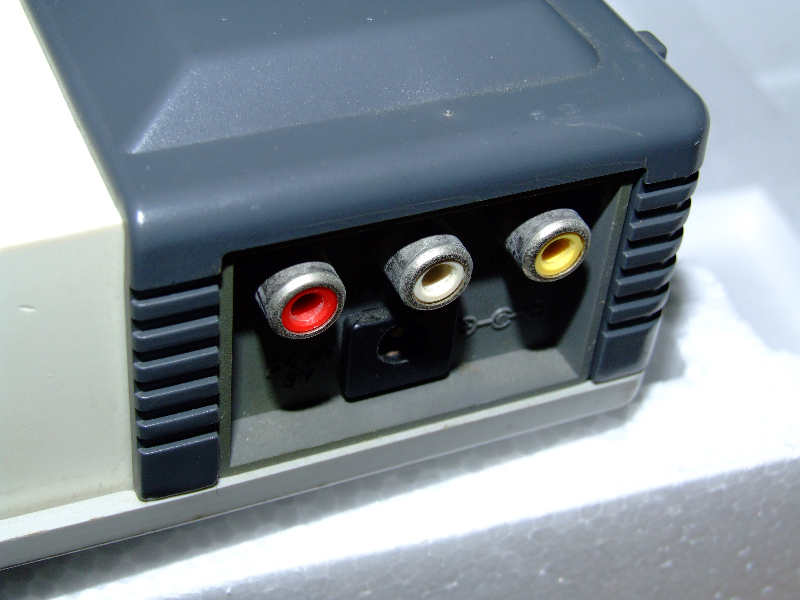
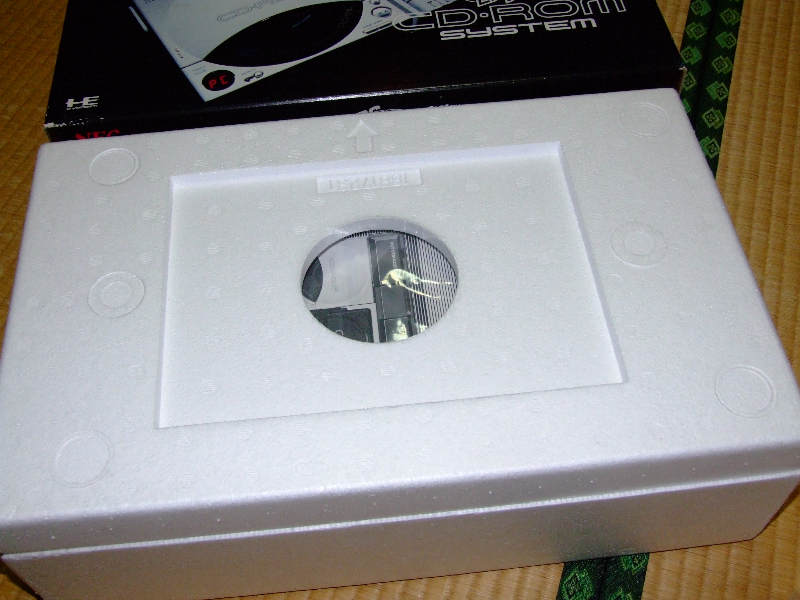
There is one important thing to look out for when buying. Due to the poor quality plastic used for one of the cogs inside the CD unit itself, you don’t see many around that are indeed still fully functional. This particular part becomes very brittle, and pretty much falls to bits over time. Not easy to repair them either as you need to have the exact same sized cog.
All up, if you are planning to play CD based games on a regular basis I would not recommend getting one of these CDROM2 Interface units to do it. You’d be better off going for one of the Duo systems, or one of the other CD-based add-ons for the PC Engine. Still, the cool carry case still turns heads when I walk down the street with it – of course the faces on those turned heads seem to be laughing, but I know they’re laughing as a reaction to jealousy. 😀

